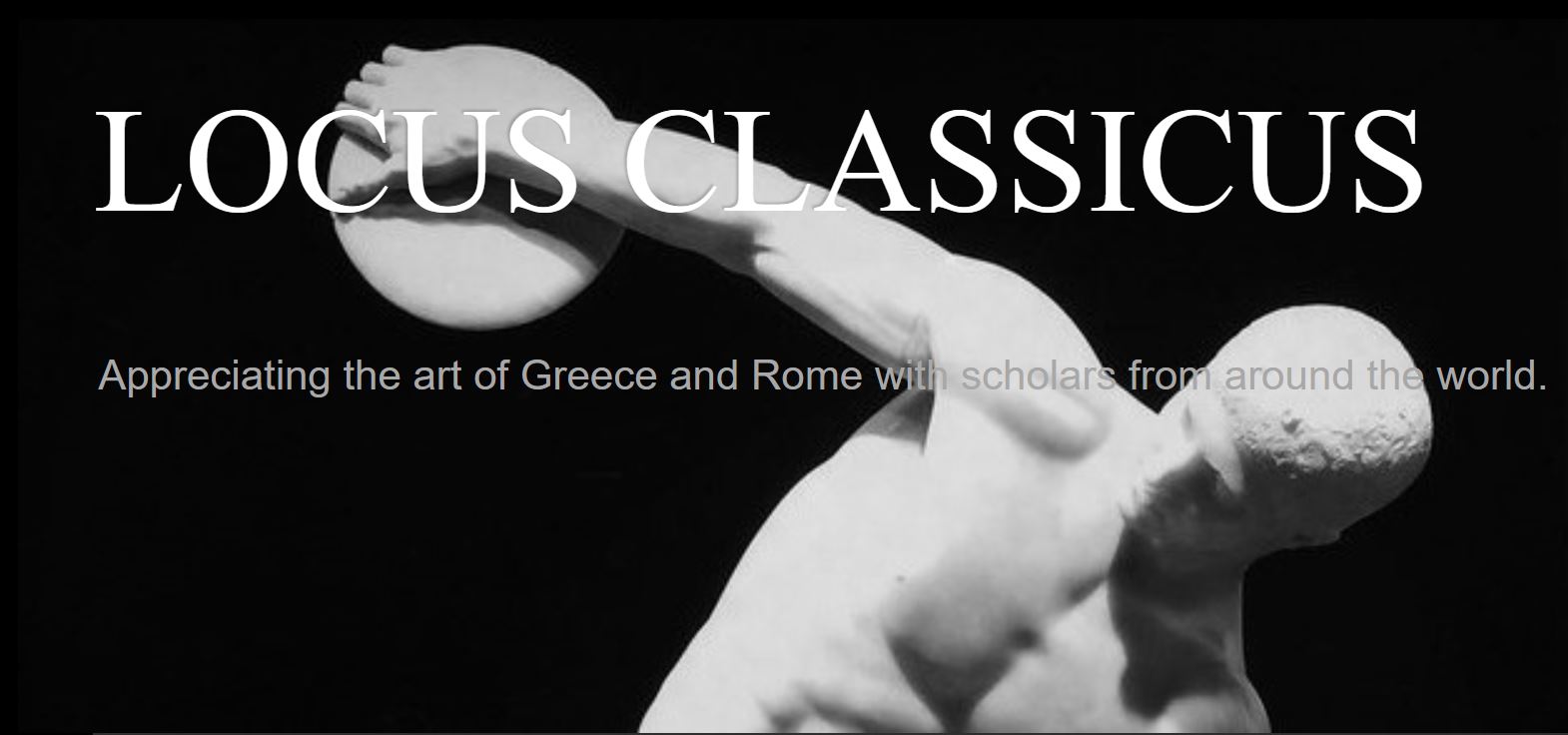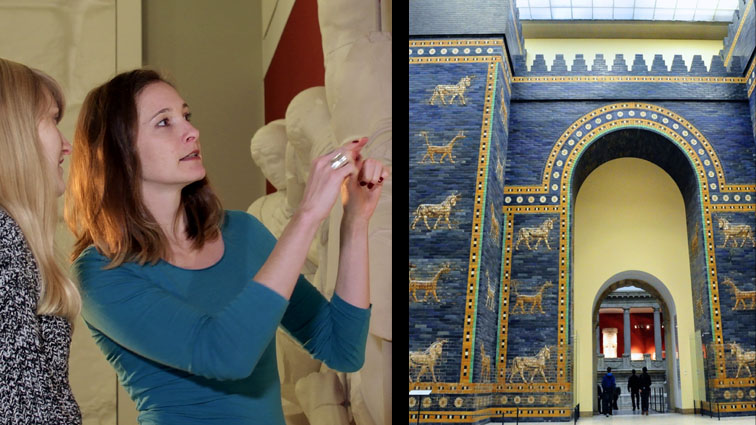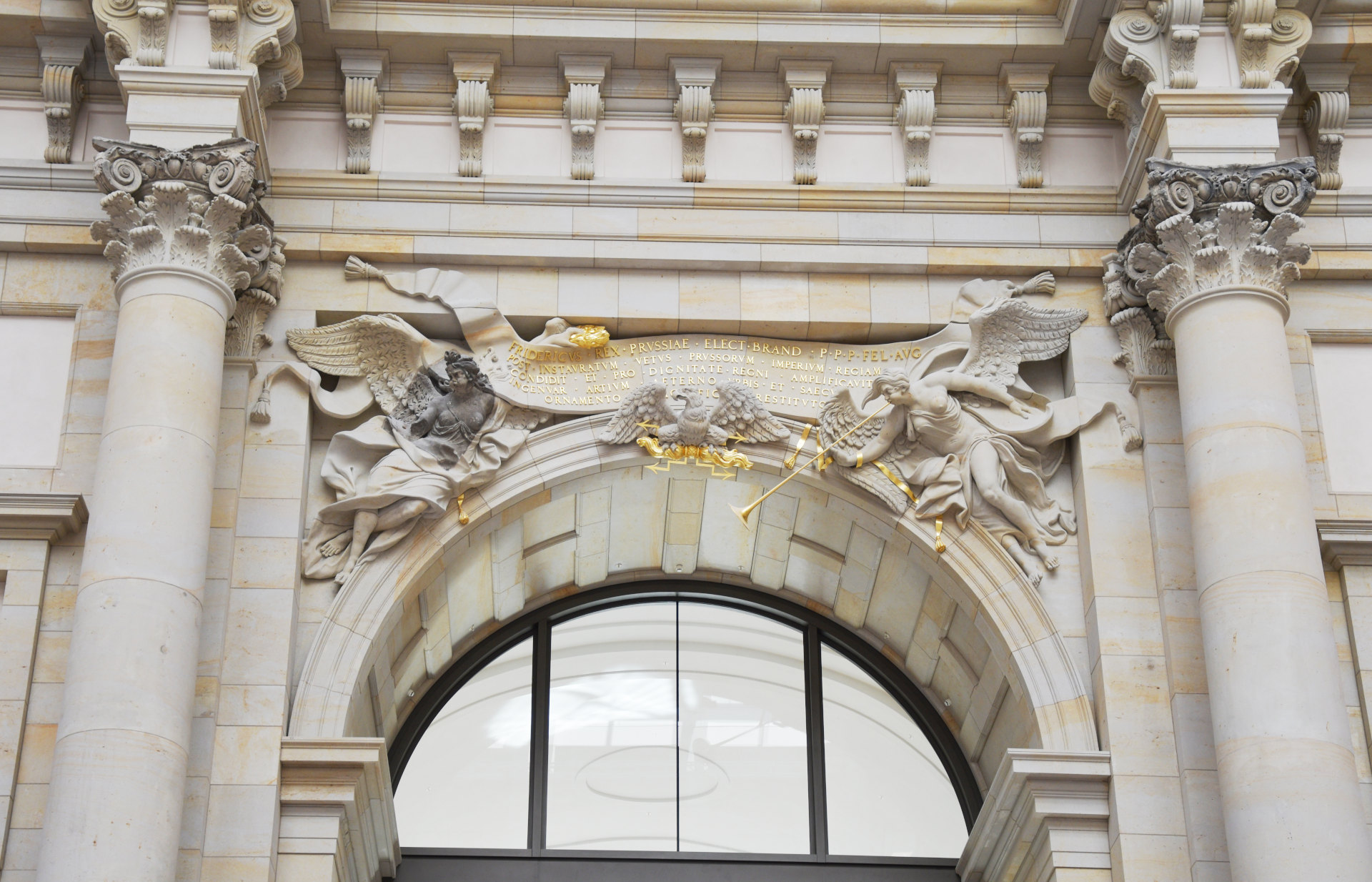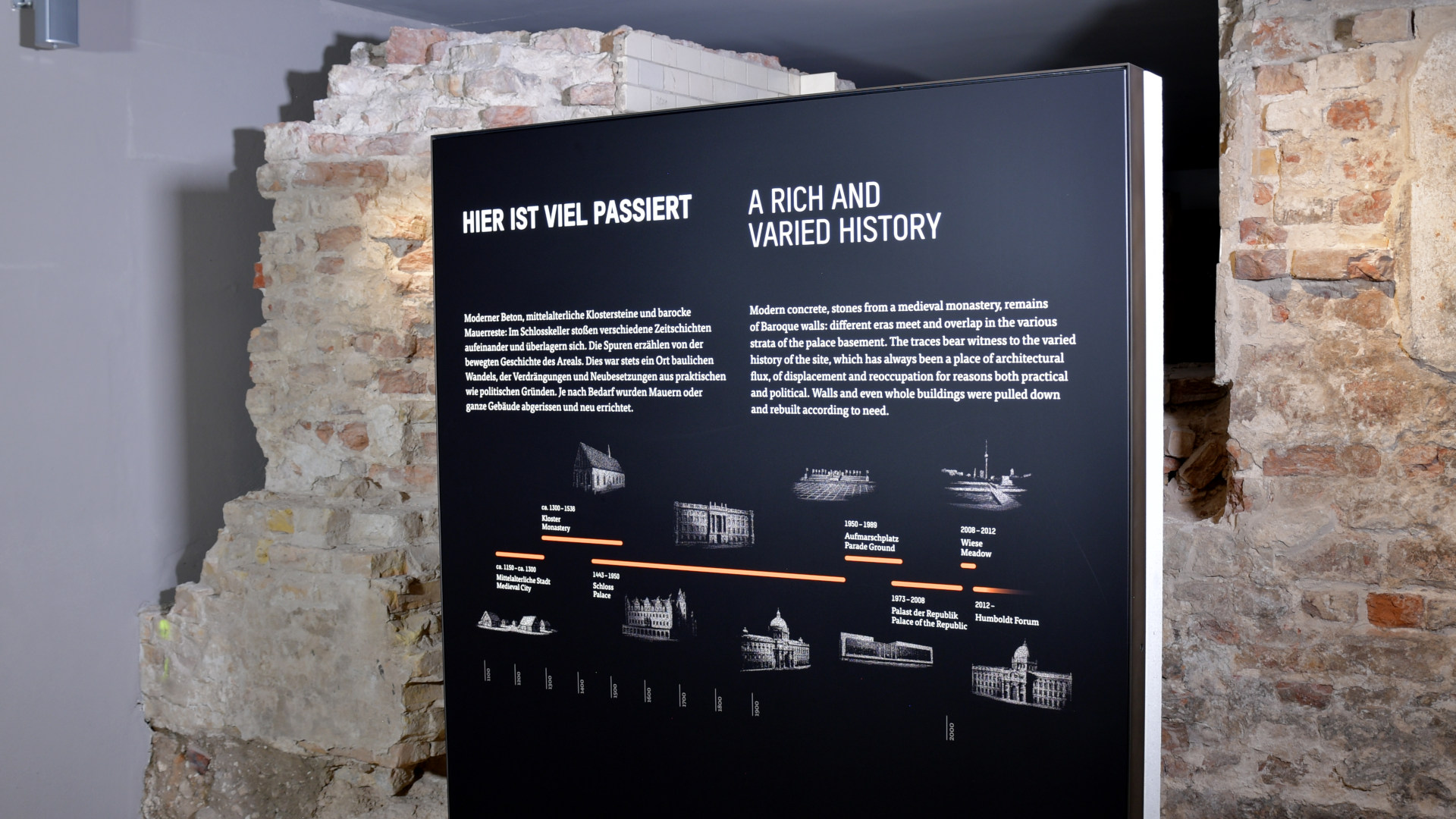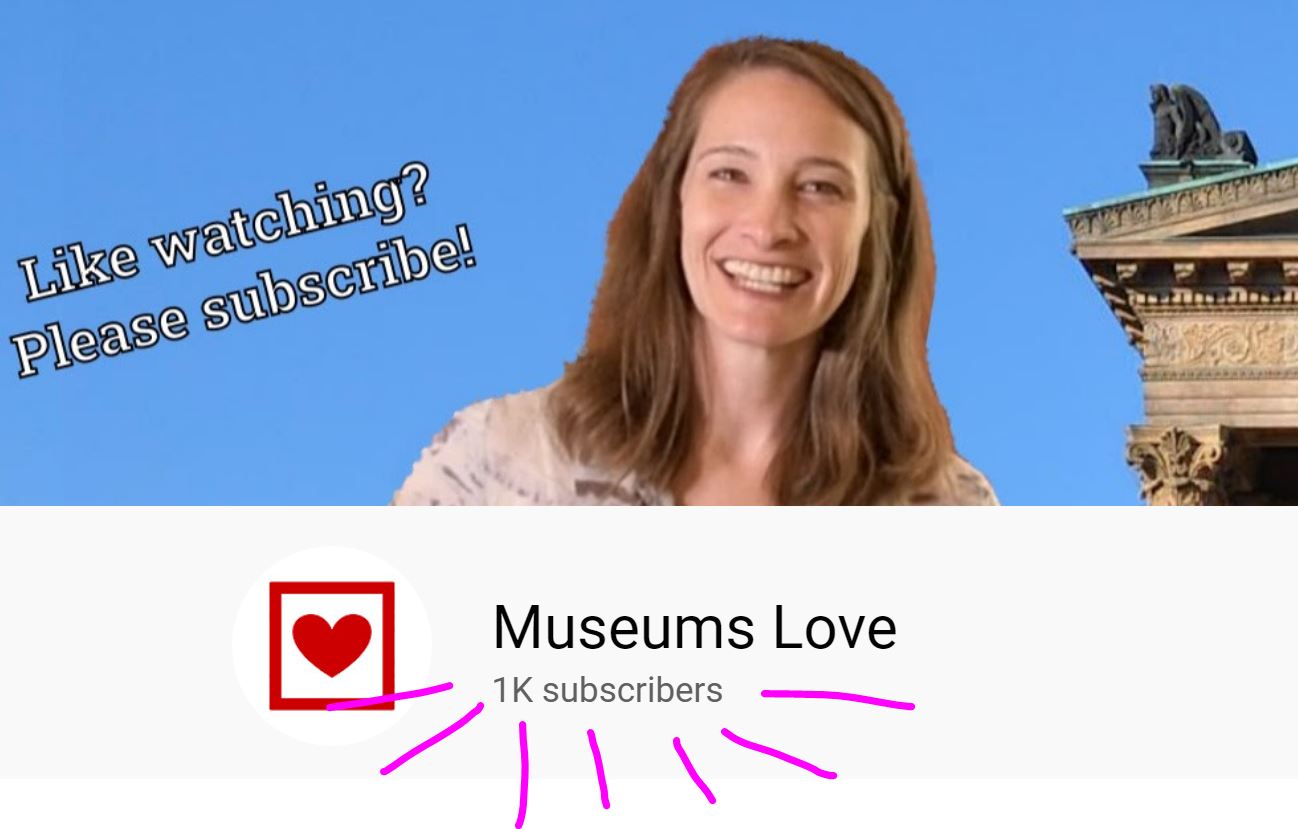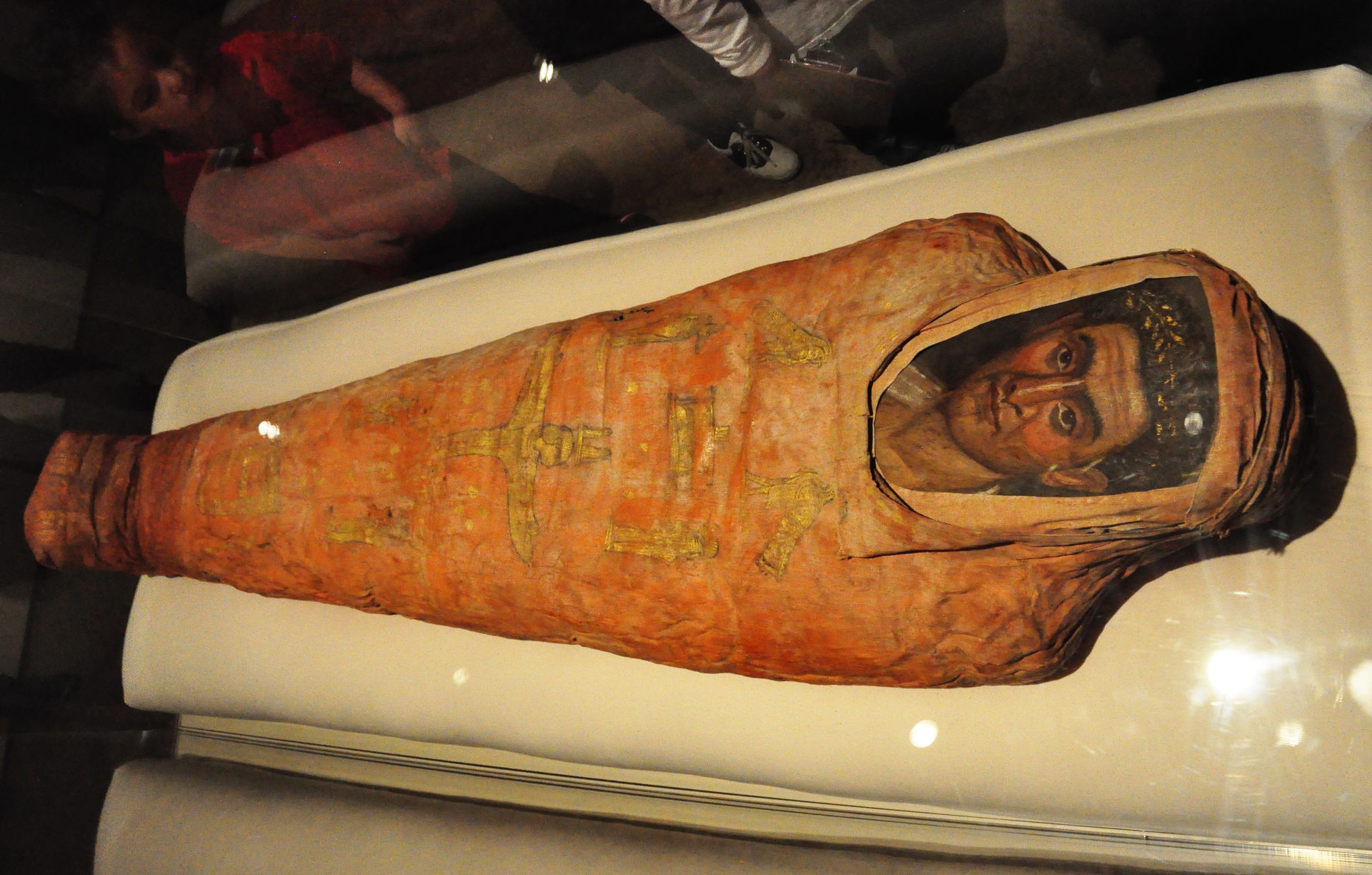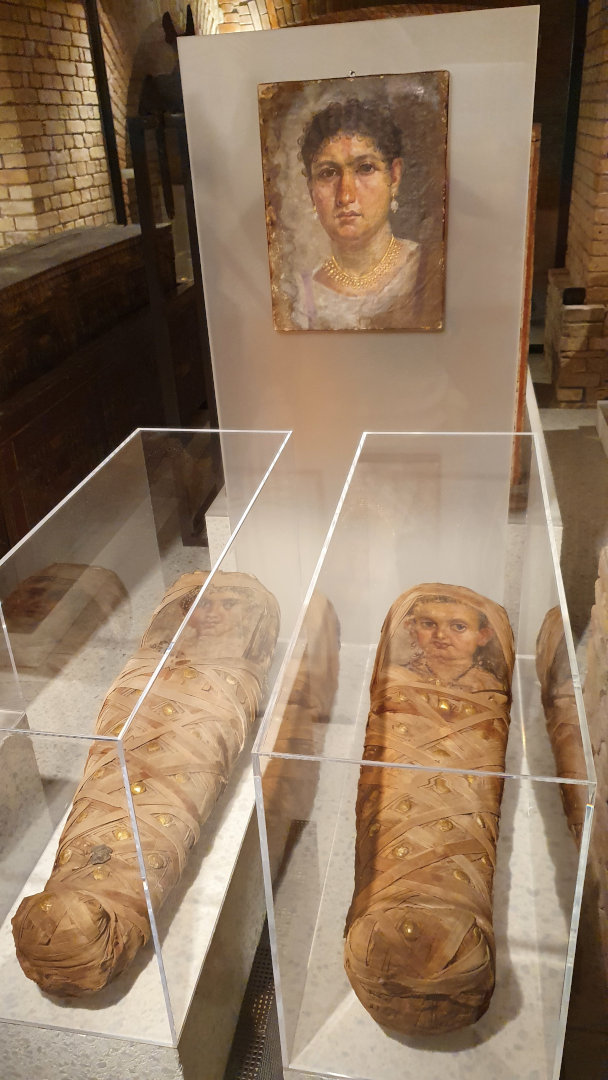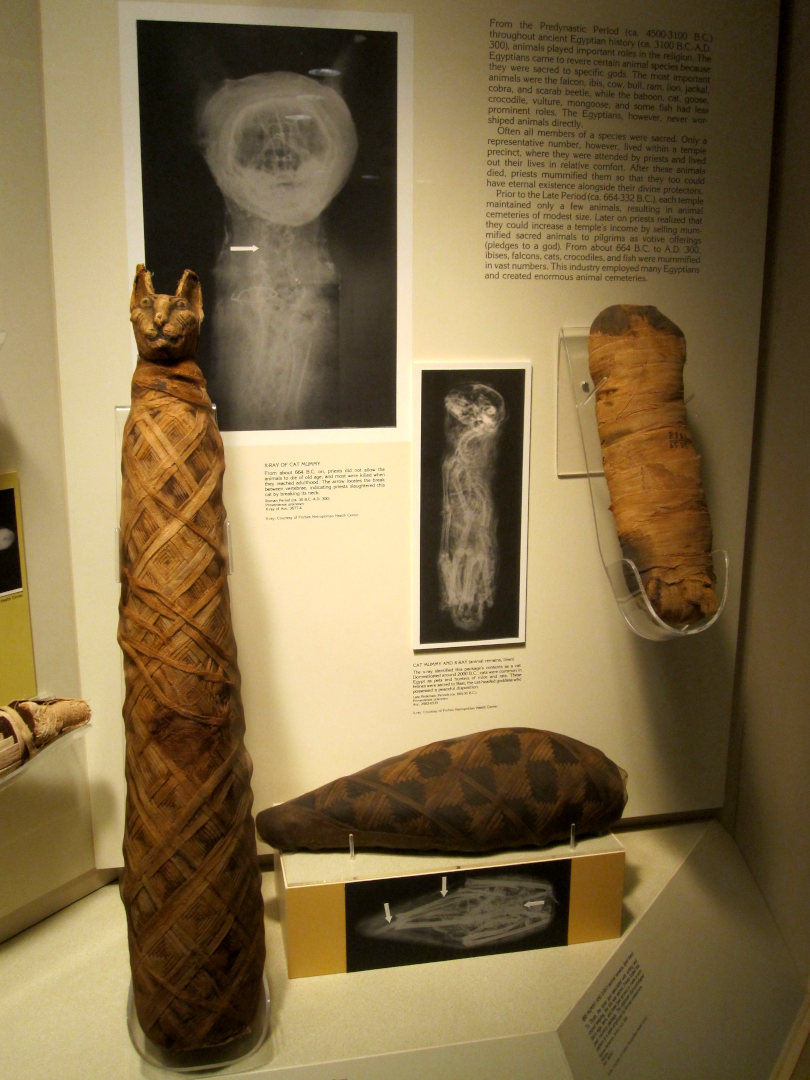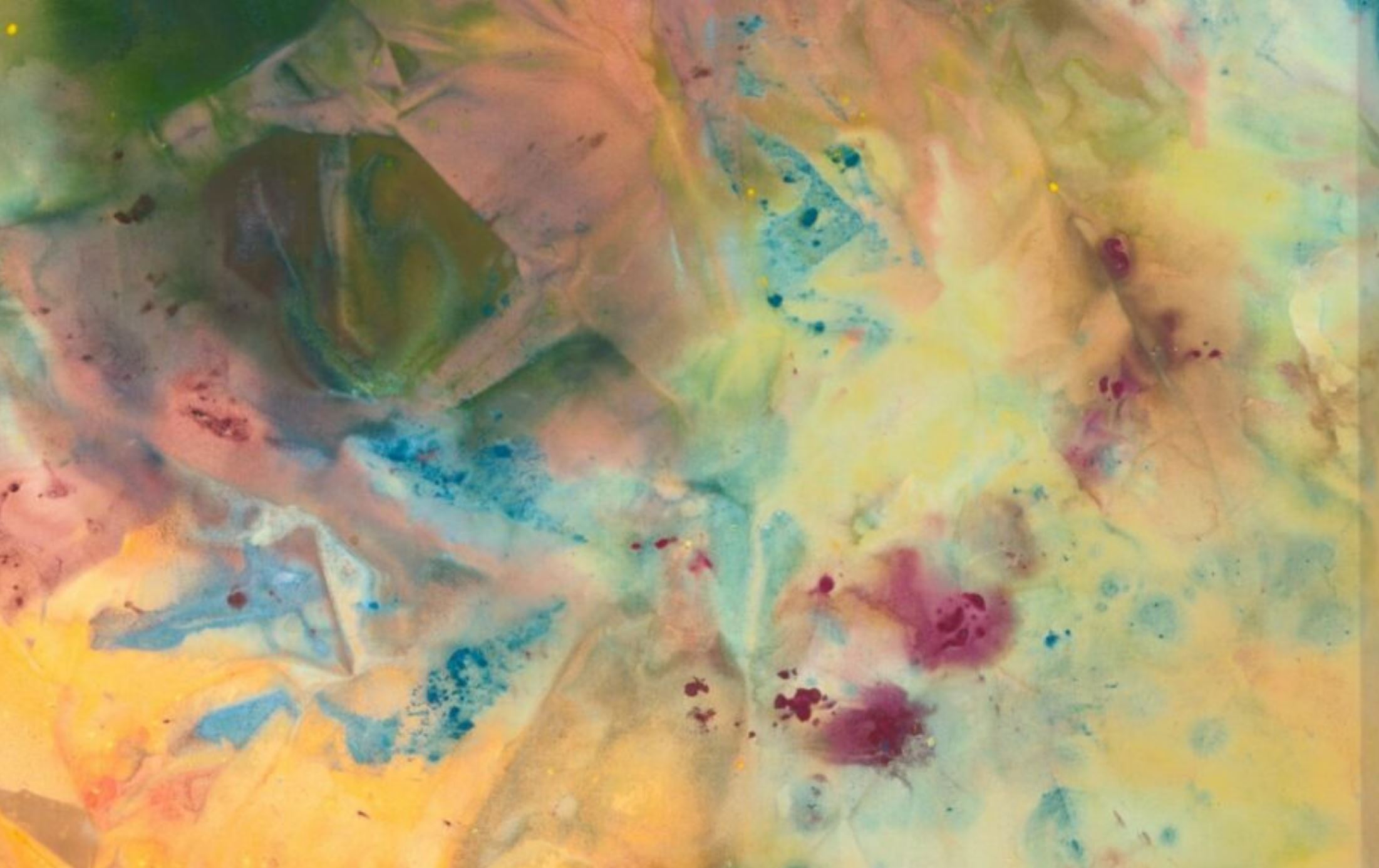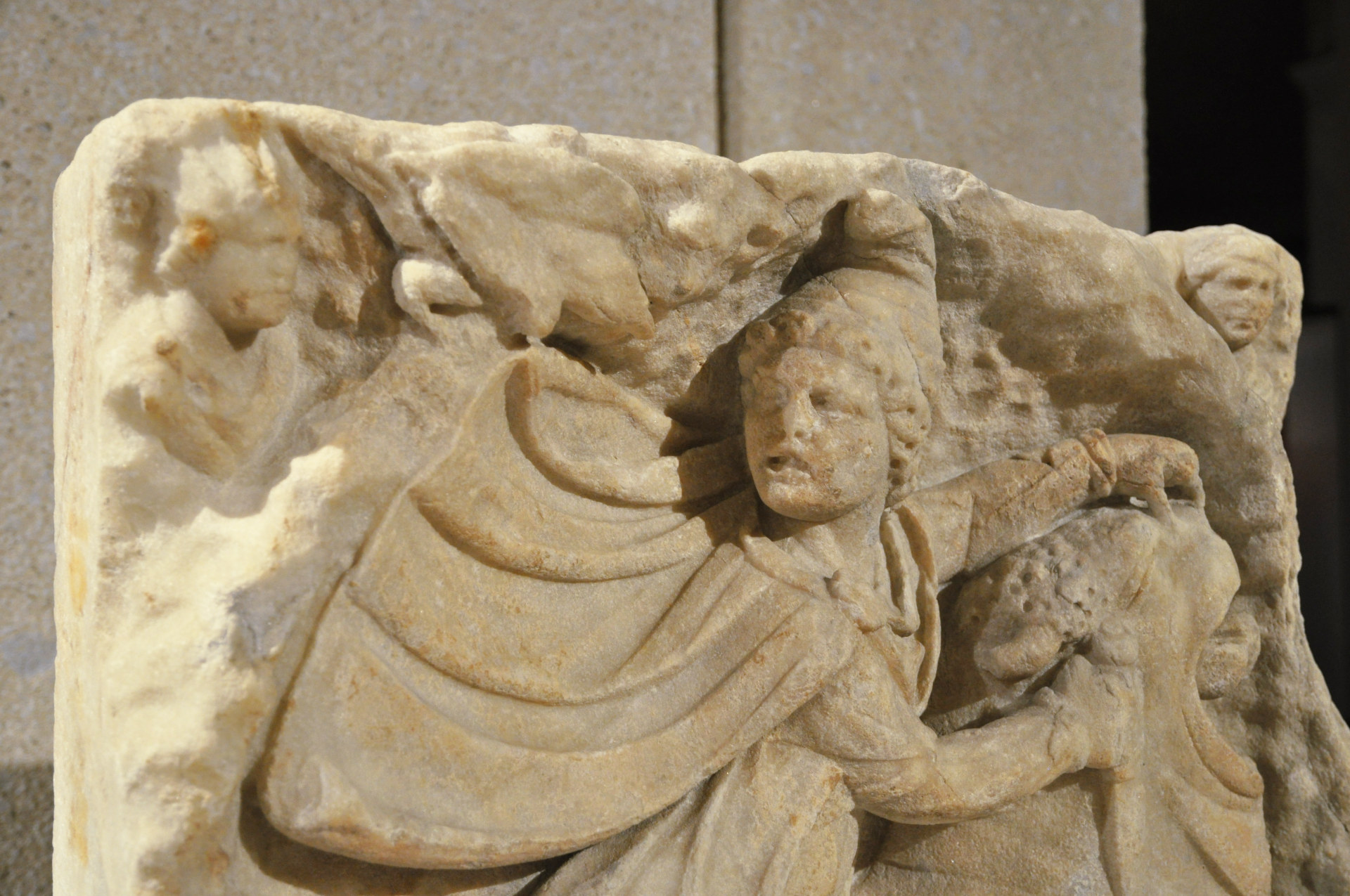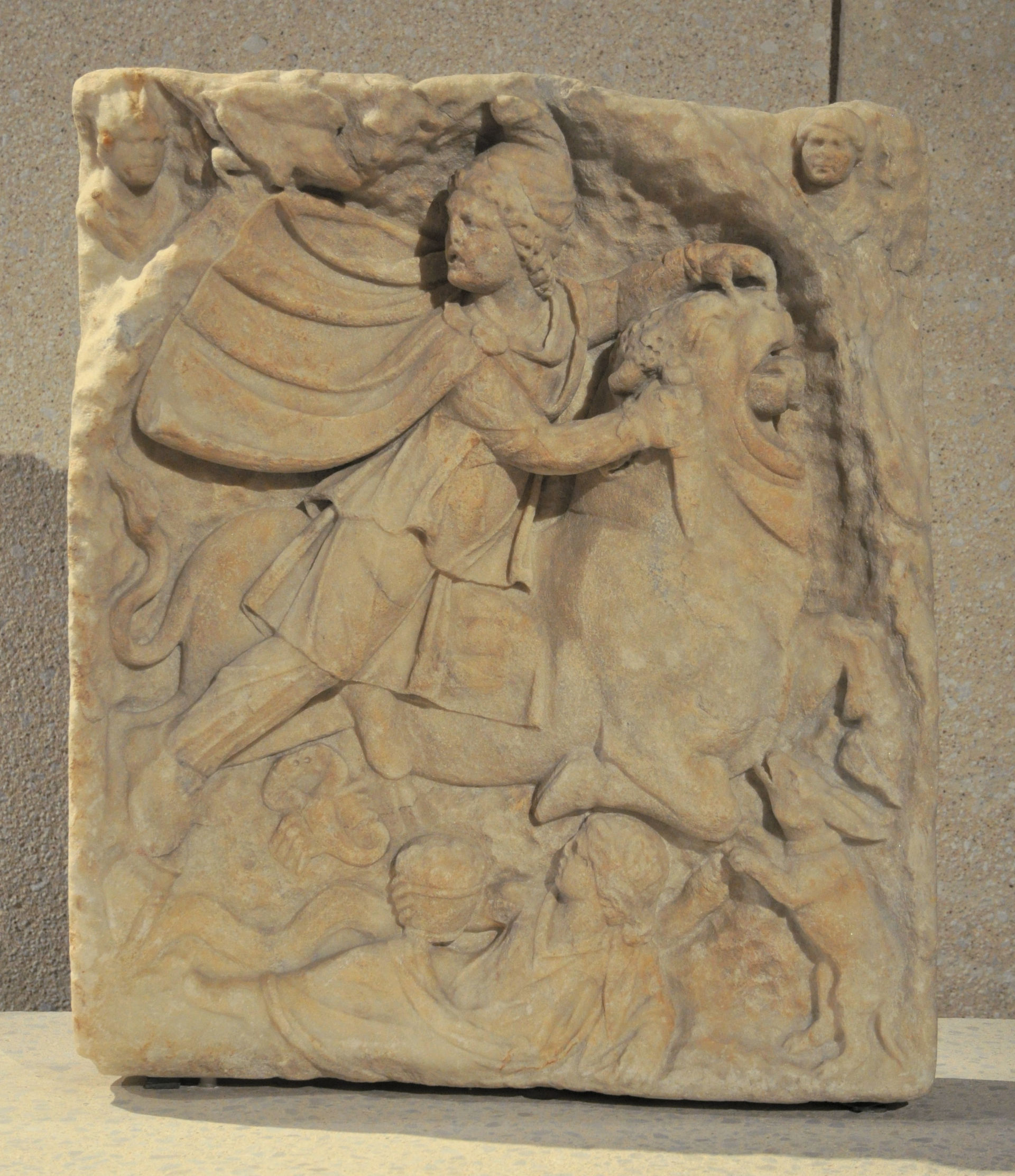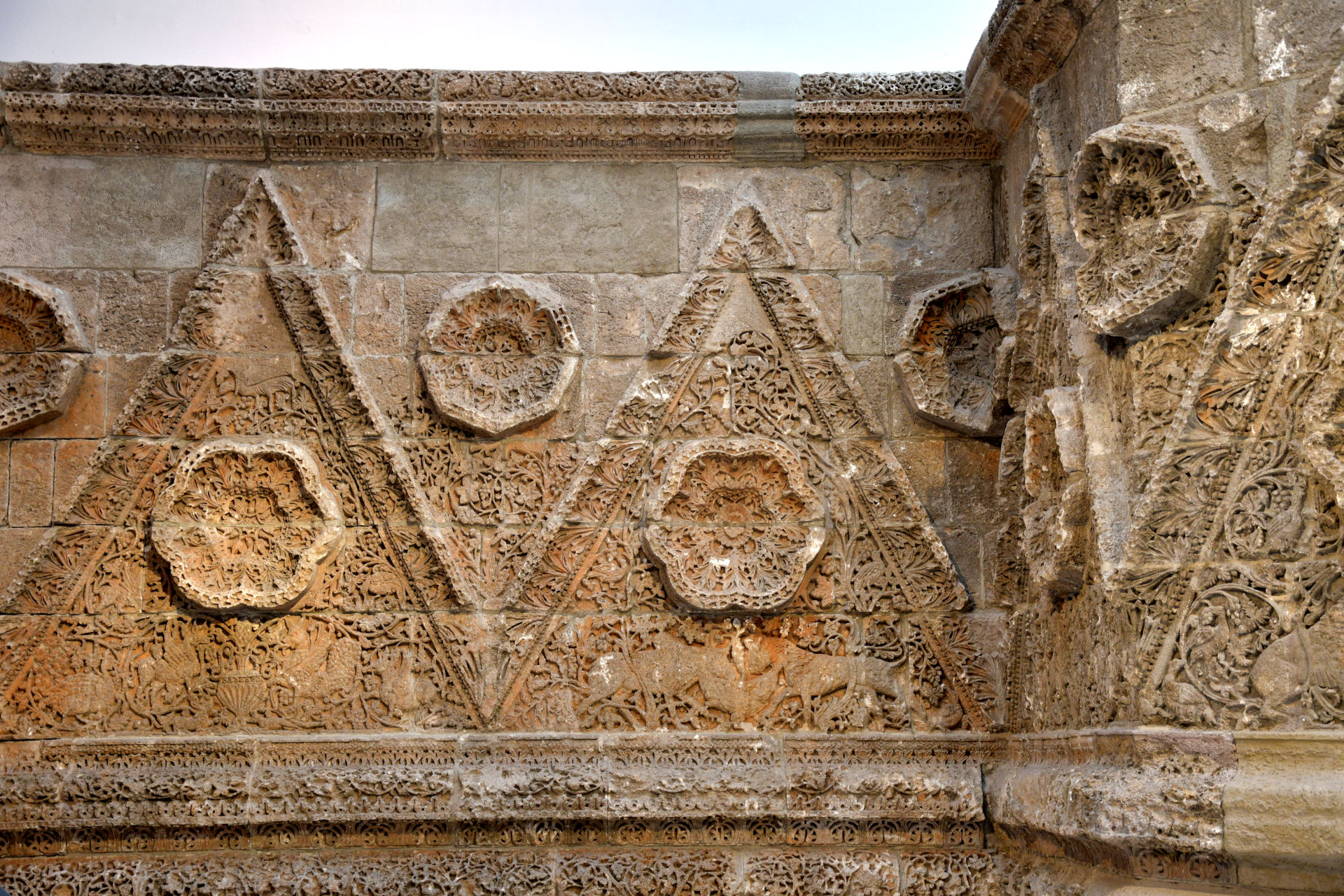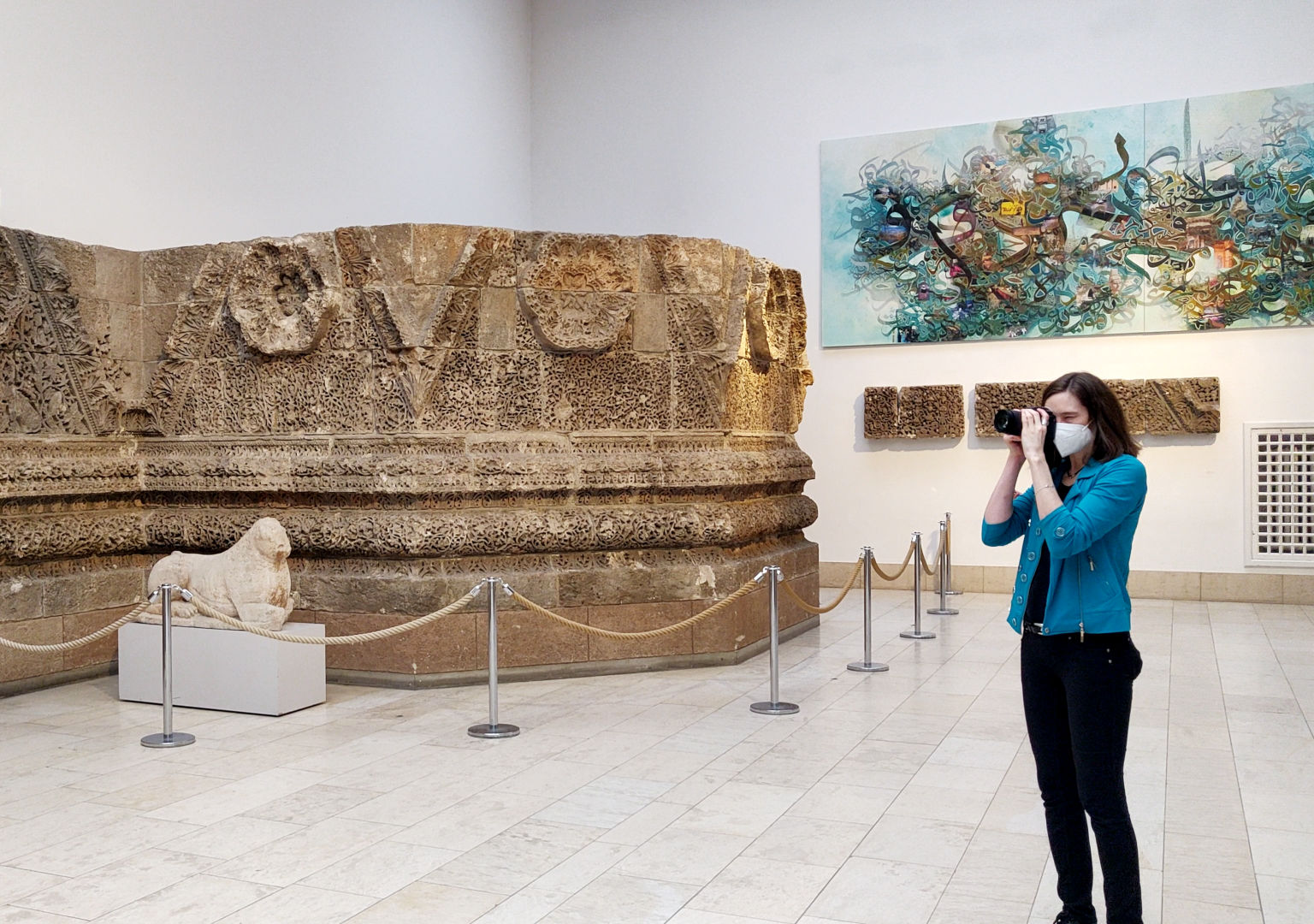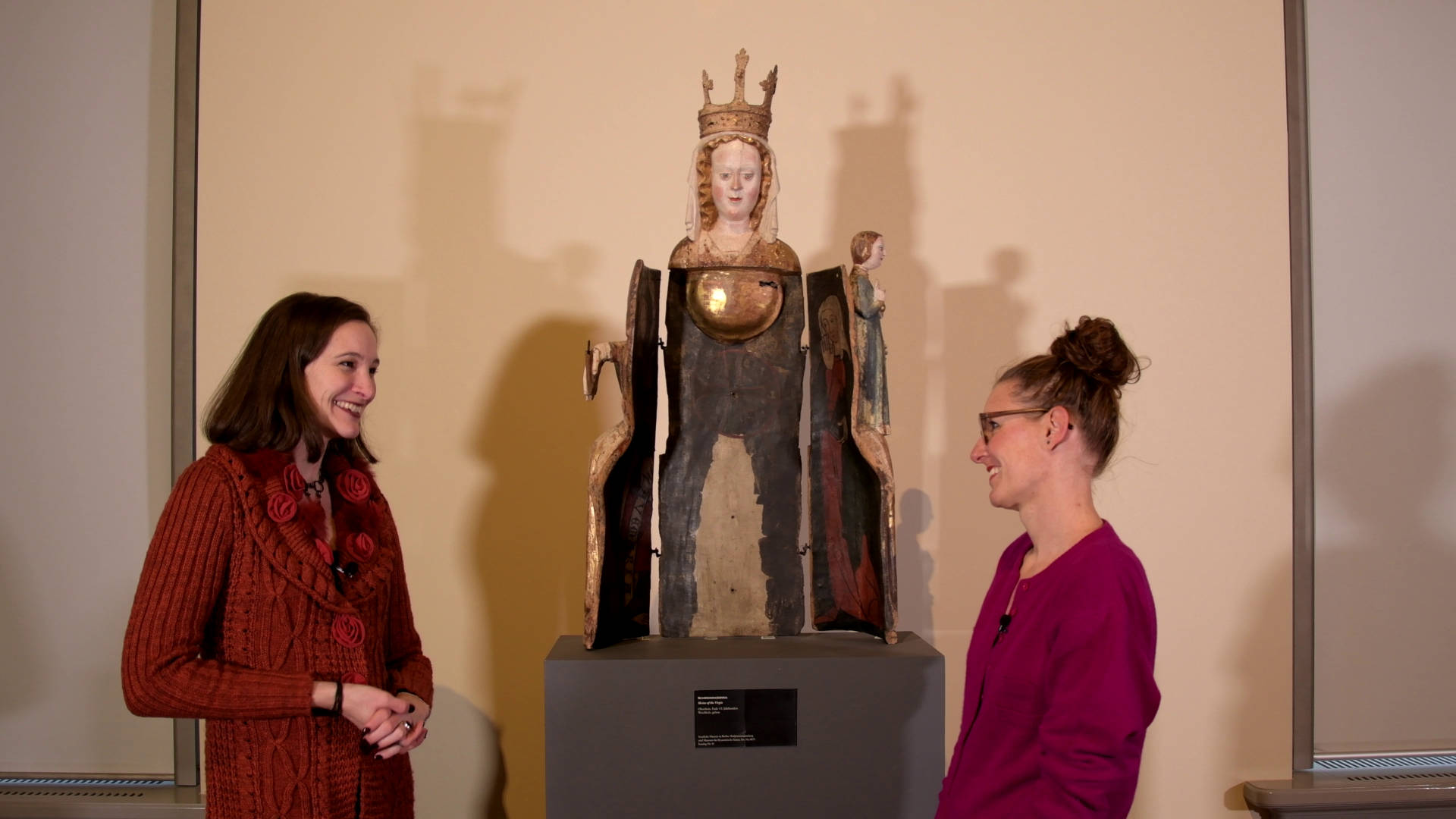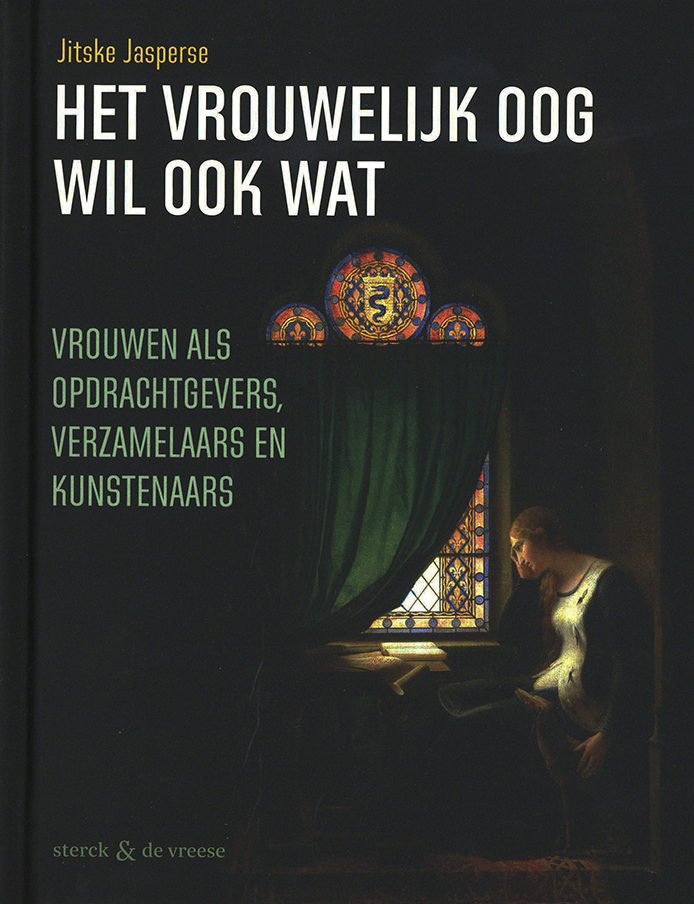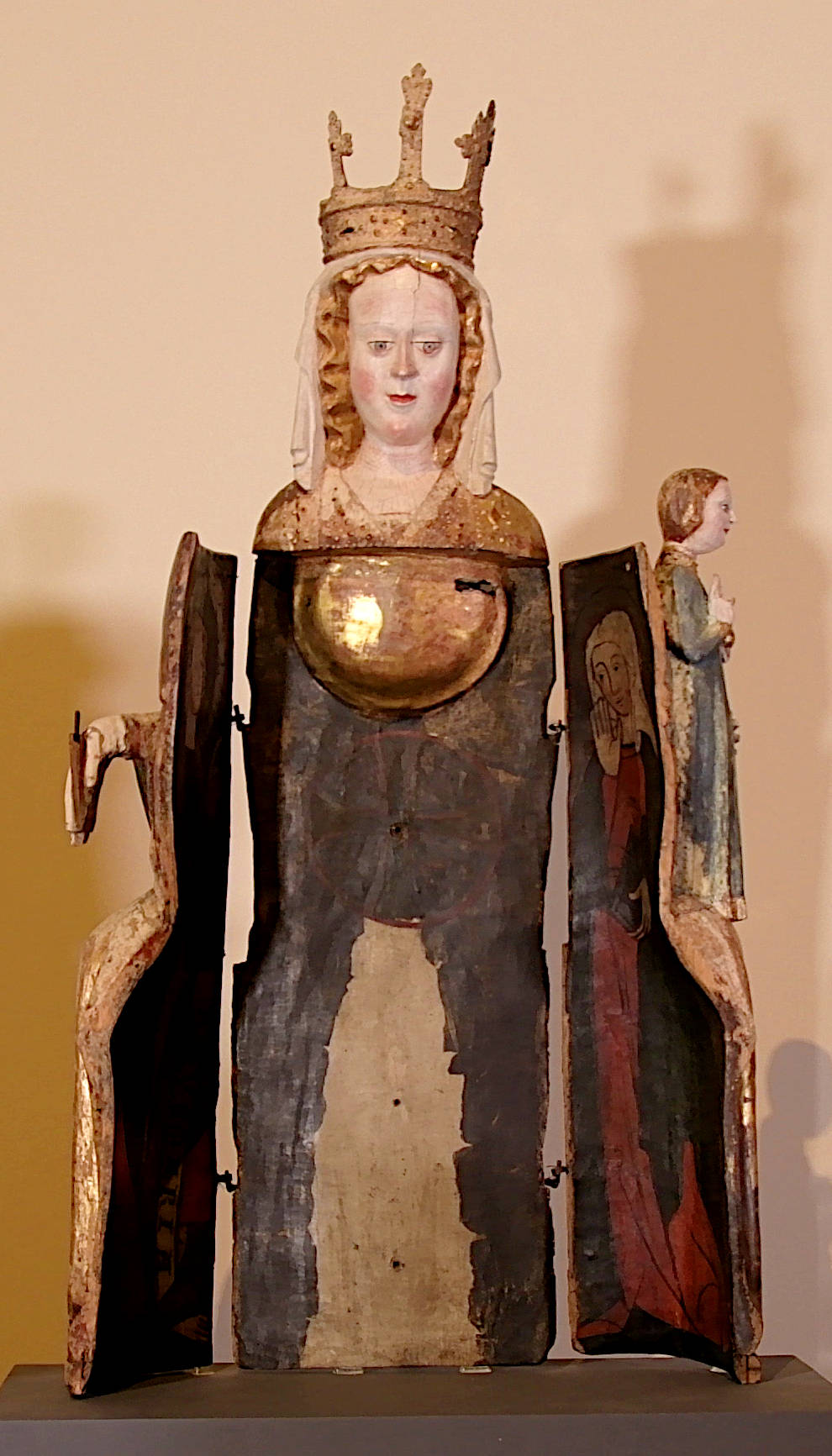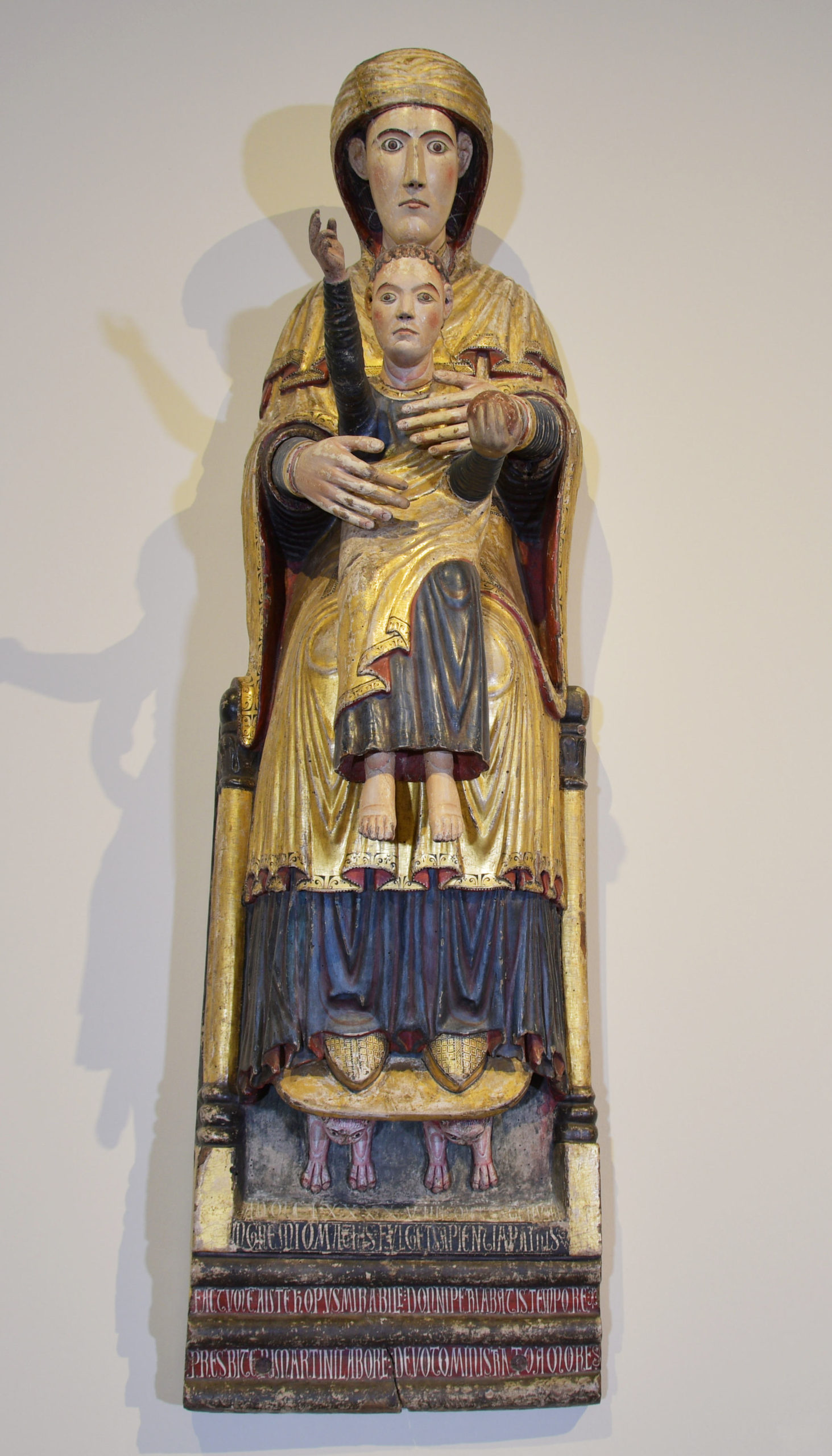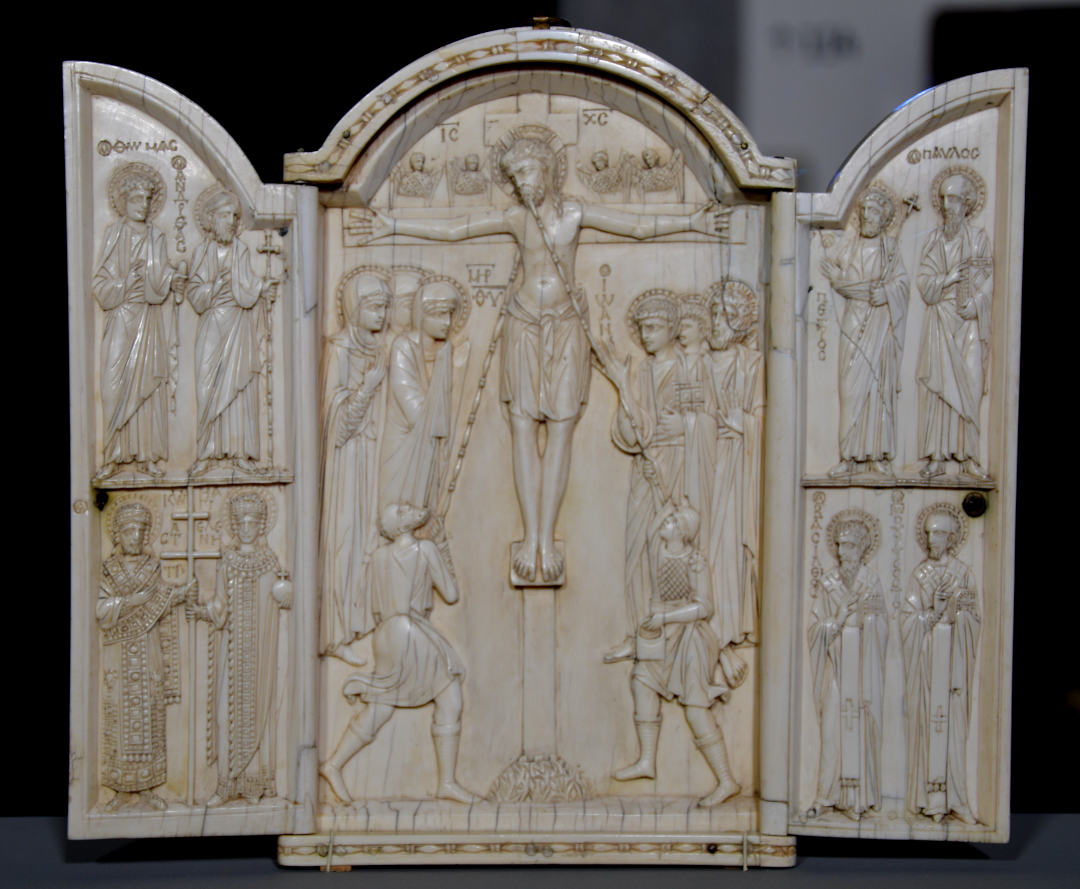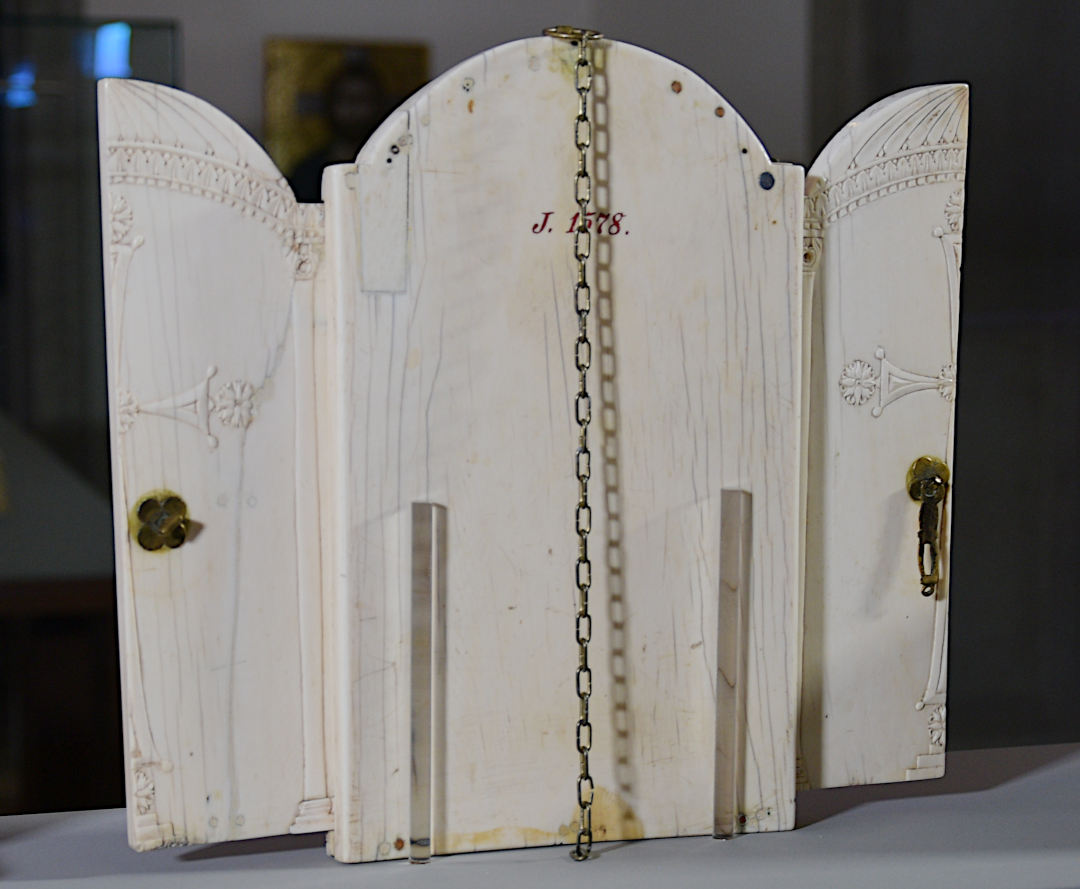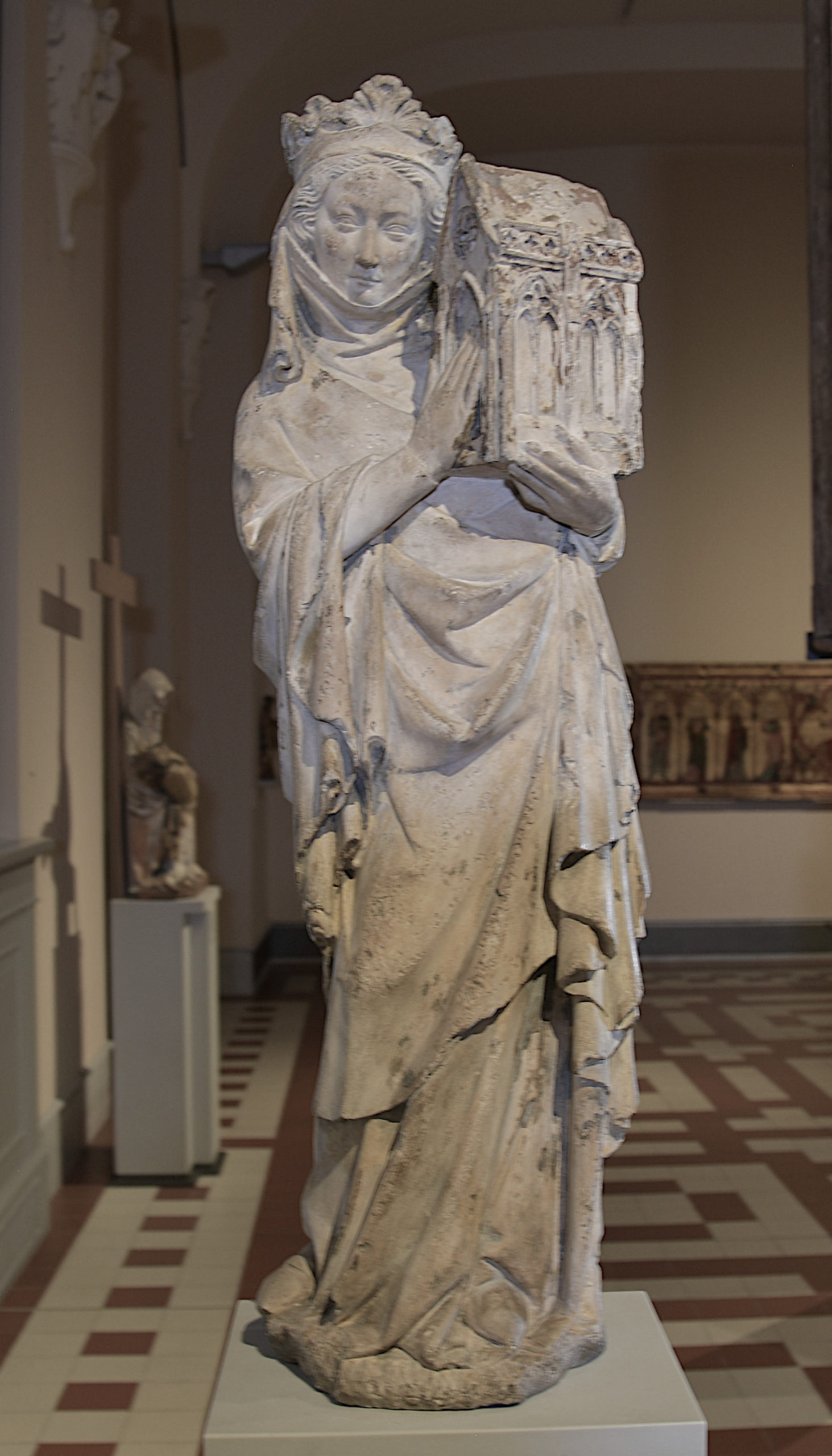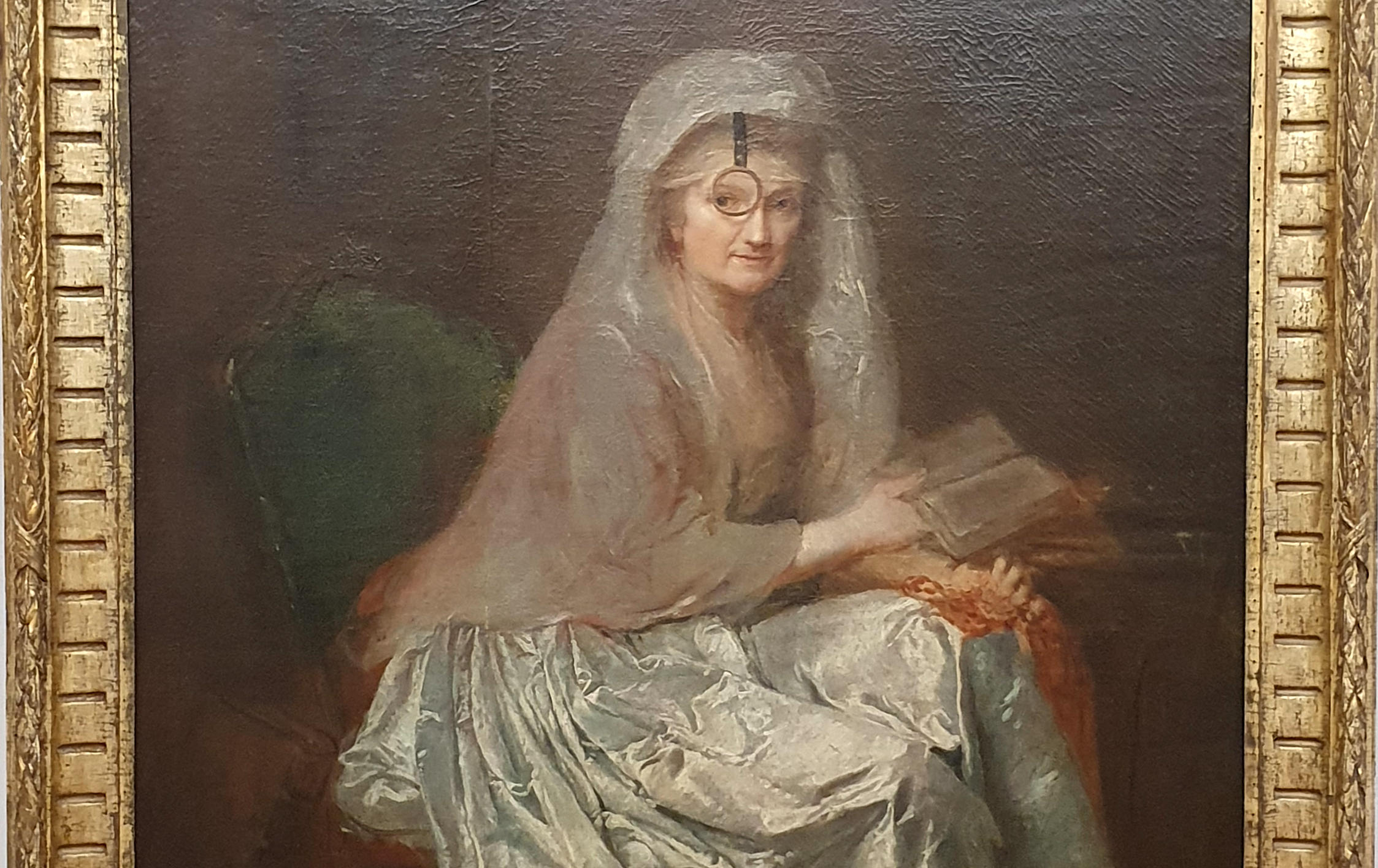Guest interview on Locus Classicus
With great pride – but even more, with great admiration – I’d like to share with you my guest interview on Locus Classicus. D. B. Gray runs this insightful blog, which revolves around interviews with specialists on the ancient world. I was pleased as punch to be invited for the most recent interview.
It was an absolute delight because, among other things, D. B. Gray has an impeccable sense for how to reveal the most exciting parts of antiquity, as well as the people working with it!
I had a wonderful time with this blog and I think you will too. Give it a spin and let me know what you think!
Holiday gift idea! Personalized tour of Berlin's Museum Island
Great holiday gift idea for the person who has everything (in Berlin)
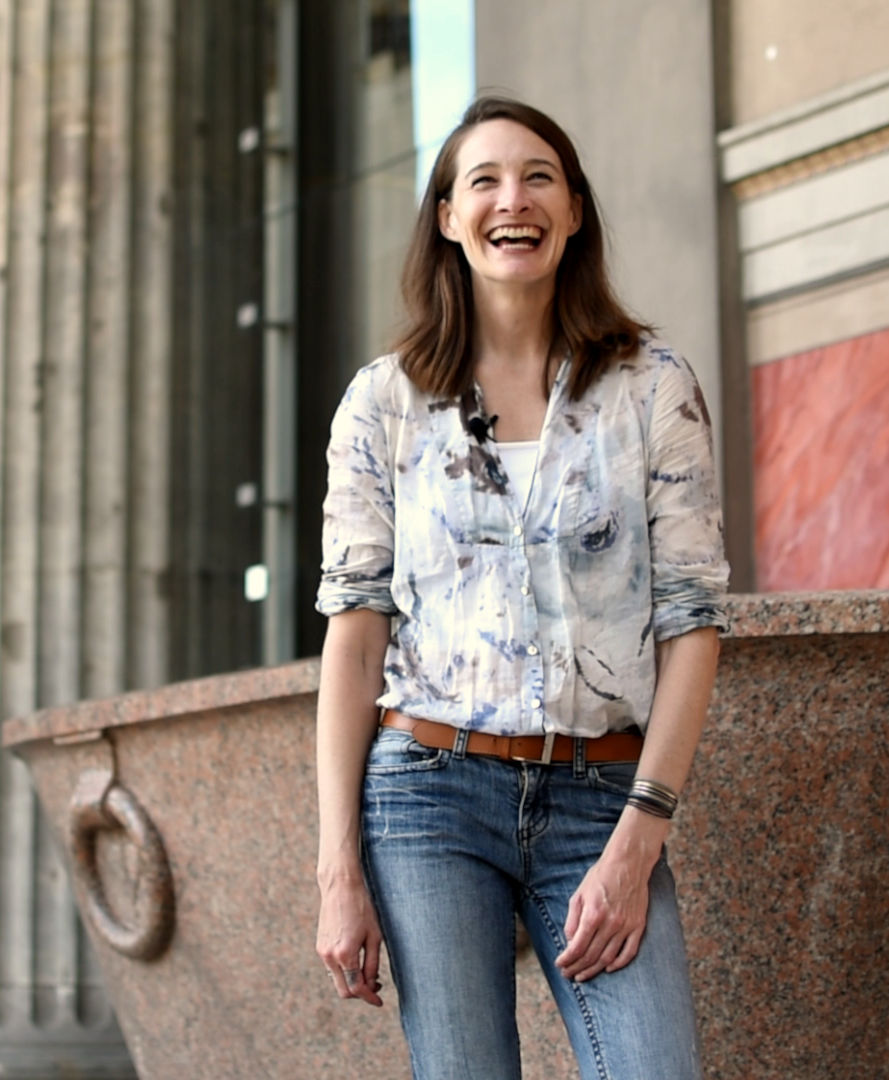
Big news for museum lovers: I’m now officially offering personalized museum tours as an AirBnB Experience! This means you can get in touch about a tour quickly and easily both on AirBnB and here on my contact page.
Just in time for the holiday season, too! My tours make GREAT gifts for your loved ones who already have everything!
What do we do on a personalized museum tour?
Get ready for a totally unique museum tour, custom-made just for you! I love finding out your interests and matching them to the unknown, unusual stories behind the objects and buildings on Museum Island:
Pergamon Museum – Neues Museum – Altes Museum – Bode Museum
I’ll meet you at your museum of choice with your tickets in hand. That way we can go right in and start exploring. You can tell me which museum on Museum Island you’d like to visit, or I am happy to recommend one based on your interests.
After we check our bags and coats, we start our 1-hour tour in the museum. We can either focus on the world-famous highlights, or I’ll make a special thematic tour just for you. It’s a great present too, for that special someone who already has everything! ; )
After the tour we have at least 10 minutes for further discussion. Then we retrieve our bags and coats from coat check, and I can give you any tips you’d like for your next dining or sightseeing experience.
Tours can be in English or German, your choice.
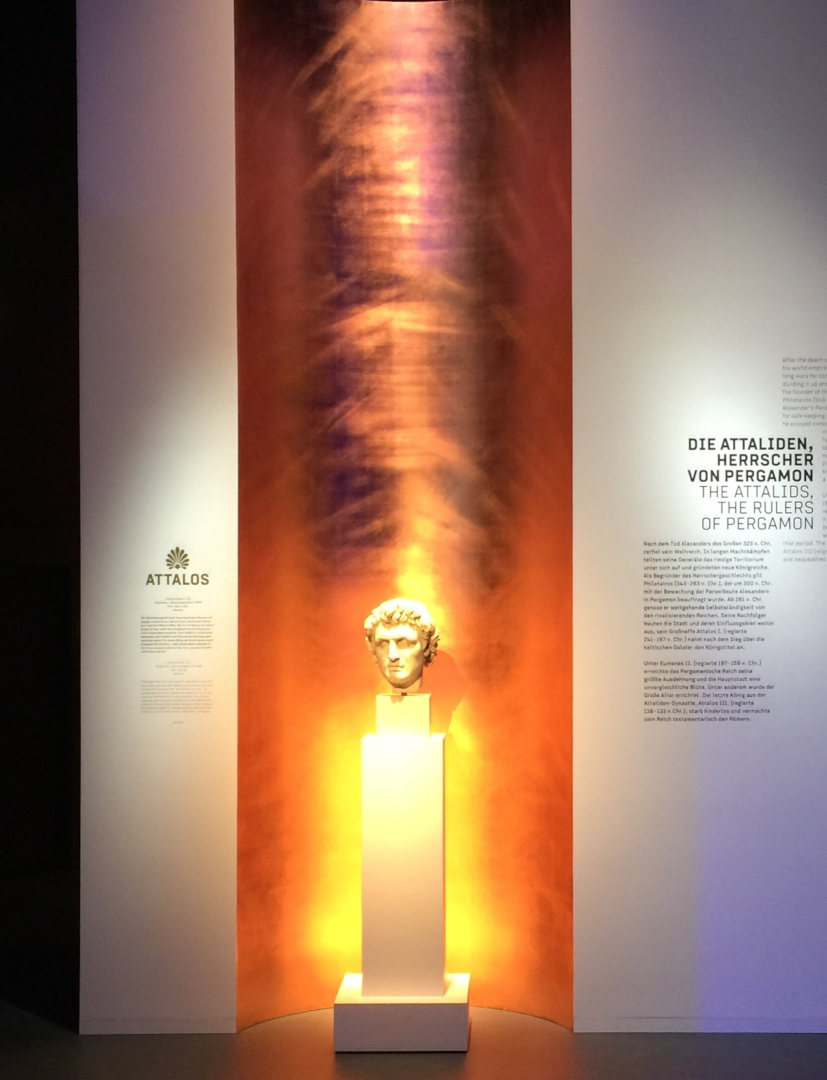
What are some possible personalized themes?
Some examples of themed tours include:
– Gods & Monsters in Greek Mythology
– The Art of Eating & Drinking in Ancient Italy
– Bronze, Marble, & Gold: How was Ancient Art Made?
– From Medusa to Medea: Misunderstood Women of Antiquity
– Life & Death in Ancient Egypt
– anything else you’re interested in, just let me know and I’ll deliver!
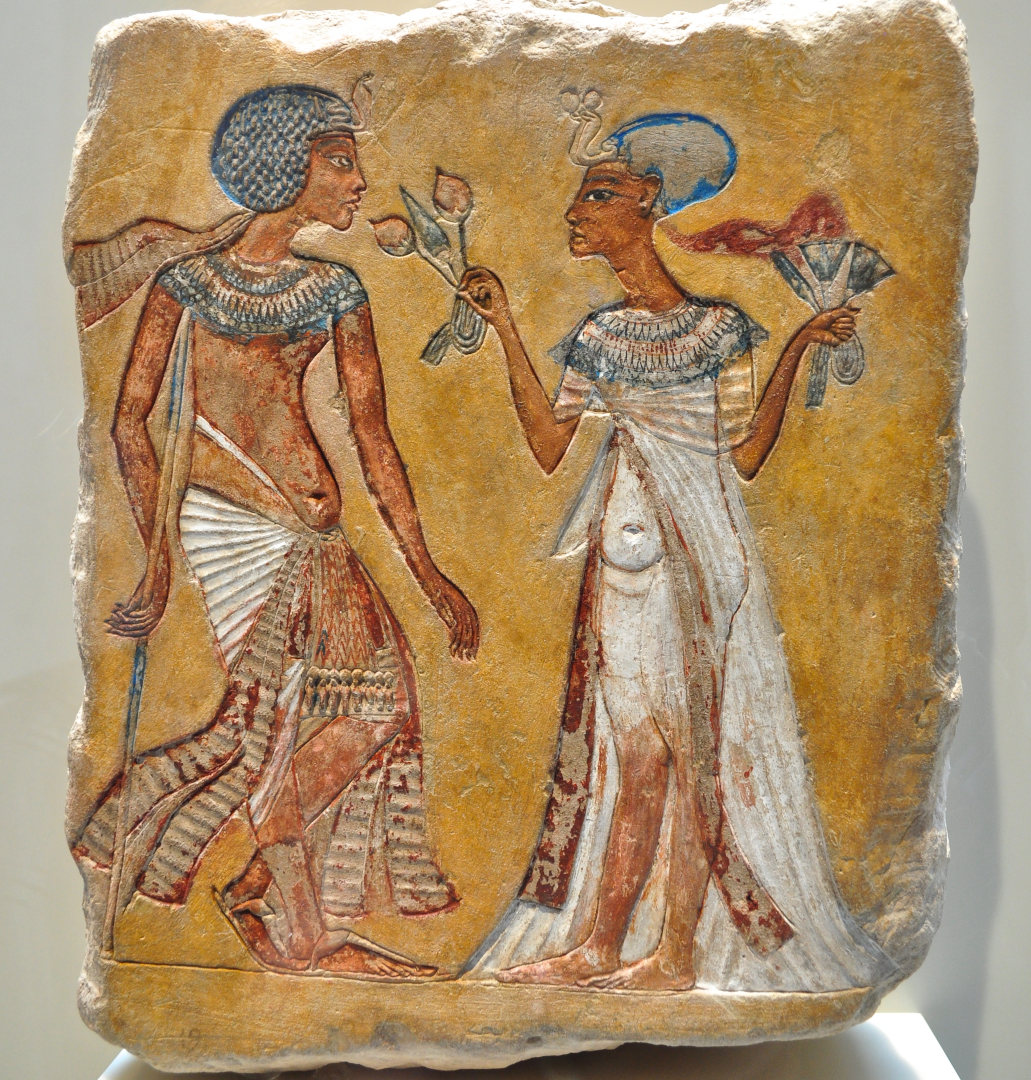
How can I book this amazing present for myself or my loved ones??
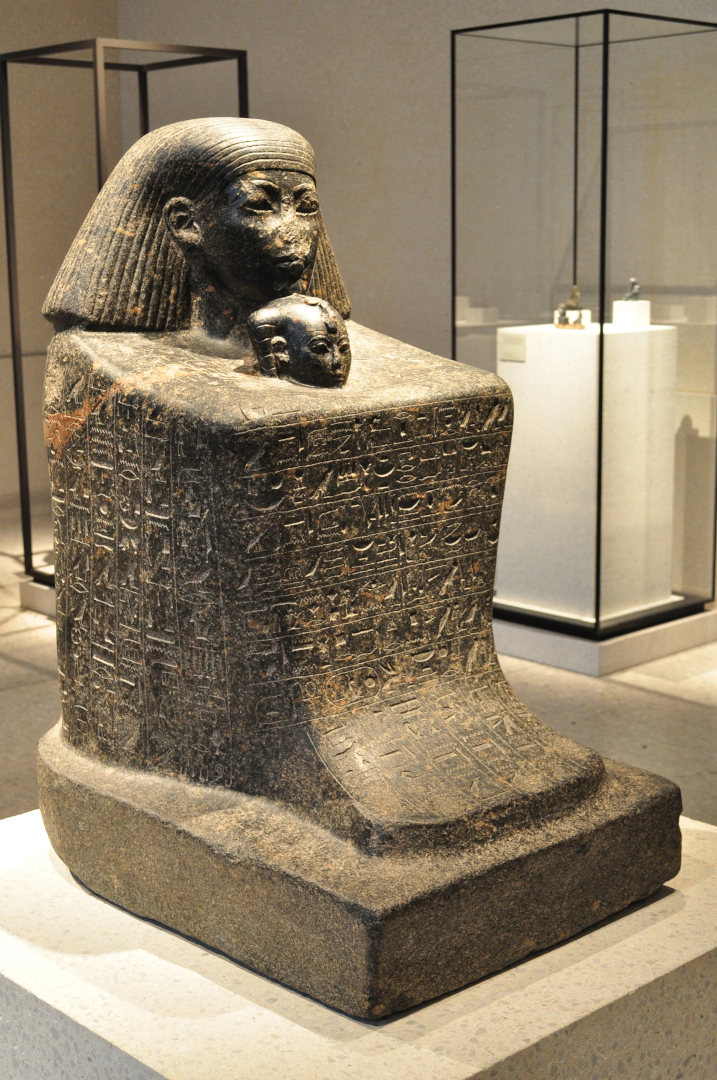
I’m so glad you asked. 🙂
You can visit my AirBnB Experience page and book straightaway.
Don’t see a date that works for you? Just get in touch with me via my contact page. Let me know what museum you might like to visit and when. I’ll be thrilled to hear from you.
I can’t wait to welcome you to the endlessly fascinating Museum Island!
New video! Architecture + History in Berlin's Humboldt Forum
Here it is: my newest video! This time you’ll get an unusual look into the huge new Humboldt Forum in Berlin.
This building houses numerous museum exhibitions, but the one I want to show you is much less well-known than the others. It’s the History of the Site, a self-guided tour around the hallways and even the basement of the Humboldt Forum! Unusual spaces for an exhibition, but perfect for showing the archaeological traces of the previous buildings that stood on this same site.
At the Humboldt Forum, you can see remains of buildings from three distinct previous periods:
- Monastery and church (medieval period)
- City palace (15th to 20th century)
- Palace of the Republic (1973-2008)
These remains tell us about the highly varied, lively, and often unexpected activites that took place outside the limelight at this central, prestigious location. While above ground ceremonies were celebrated, underground labor is what made it all possible. That makes these remains valuable evidence for the non-elite, NORMAL life that was whirring away underground.
Have fun watching the video on YouTube! And please remember to like, share and subscribe if you haven’t already. It really helps me to reach more people with every new video. Thank you!!
1000 YouTube subscribers!
Big news! Thanks to YOU, the museums.love YouTube channel now has 1000 subscribers!
This is a huge, huge milestone. The big 1-0-0-0. It’s like a birthday that needs 10 times more celebrating than any standard mortal birthday.
The best thank you that I know how to give is more great videos about museums! I’m already working on the next one…. so stay tuned.
And THANK YOU!
Mummies: 5 things you didn't know!
Mummy time! Did you know...
I made a new video all about mummies! Mummies are displayed in many museums around the world, but are not often well explained. In my video you can find out 5 things about mummies that you may not have known:
- “Mummy” can mean different things. We use the same word to talk about bodies that have been naturally dried out and bodies that have been elaborately prepared to resist decay. The latter, as practiced in Egypt, is the focus of my video!
- Mummies were made of a lot more than just a corpse and the wrappings. To keep the body from decaying, not just cloth but also antimicrobial resins (tree sap or tar) were painted onto the body and wrappings. Precious stones could be wrapped up in there too as a magical defence again evil.
- Mummies were fashion victims. Over the thousands of years of mummification in Egypt, there are observable trends in mummy appearance. Earlier mummies tend to be put in cases with gold faces and idealized features, whereas later mummies (once the Romans take over Egypt) carry on the Roman tradition of portraiture by having naturalistic painted portraits placed over the mummy’s face.
- Not only pharaohs were made into mummies. Other people were too, as well as all kinds of animals. And food too! All of these things were mummified in order to be preserved in the afterlife as long as possible – ideally for eternity.
- High-tech research is telling us more than ever about mummies. X-rays, CAT scans, and other scanning technology is revealing details about mummies that were never known before. One mummy – Heraklides, in the Getty Museum (link) – was revealed to have a mummy of an ibis inside his own mummy wrappings! Another research project (link) showed that mummification was being practiced in Egypt 1000 years earlier than previously believed: starting around 3600 BC, not 2600 BC. That’s huge, not just because it’s 1000 years but because 3600 BC is nearly the earliest period of Egyptian civilization.
Two very striking mummy groups
These are two of the most affecting groups of mummies I know. Each one tugs at the heartstrings: Poor kitty! Poor family!
Research and museums can open up this intimate and even emotional connection to past civilizations.
Mummy Resources
Supplementing the video, I’ve assembled some great resources for a deeper dive into mummies (ew):
- The Smithsonian Museums offer a good short (& reliable!) overview of mummification.
- Find out more about cat mummies in this article by the McClung Museum of Natural History and Culture.
- These books about animal mummies are riveting:
- The Brooklyn Museum made a short video showing examples of animal mummies from their 2017-18 exhibition.
- The APPEAR Project at the Getty uses scanning techniques on mummies, especially on the painted mummy portraits.
- Here is a very good and reliable overview of mummification from the Spurlock Museum of World Cultures.
- Here’s a research paper about the natural preservatives used in mummification. There’s a great quick-reference table listing the antimicrobial ingredients in pine, cedar, cinnamon, lichen, and more.
Enjoy learning more about this incredible funerary tradition!
Guarding the art, boosting diversity and equality: Baltimore Museum of Art
The Baltimore Museum of Art is trailblazing in museum diversity and equity! Its new show opening this weekend, “Guarding the Art,” was created by their security staff. This makes me really happy because guards are everywhere in museums but are rarely seen as people doing important (crucial!) jobs. Making them visible and appreciated should be top priority.
(The Metropolitan Museum of Art gestured in this direction with their 2008 book Museum: Behind the Scenes at the Metropolitan Museum of Art, in which some chapters were written by security, gastronomy and cleaning staff – but most of the chapters are still by the usual bigwigs. They make the other contributions seem a bit like a cheap sprinkling of stories to appear equality-minded…)
The Baltimore guards chose and researched the exhibition objects, worked on the installation, and wrote the catalog. They were involved in all the steps of the process. And they got paid for their work! What an important step for recognizing and valuing ALL the people who make museums possible, not just the curators and directors. Making sure this work is paid is also fundamental to supporting diversity and equality in all levels of the museum profession.
With projects like this, the Baltimore Museum of Art is well on its way to being “the most relevant publicly engaged museum in the United States,” as set out in its mission statement. Bravo!!
This all inspired my new 1-minute video. It’s part of my new series of YouTube Shorts – take a look!
New video! Mithras: Mystery cult hero and 3D model
Who is Mithras? That’s the topic of my brand-new video!
Mithras was a god worshipped by the Romans nearly 2000 years ago (shown here in a relief in Berlin’s Neues Museum). He was the hero god of the religion called mithraism, which we categorize today as a “mystery cult.” This means that the religion was based on mysterious rituals practiced by the initiated and kept secret from everyone else.
As you can imagine, reconstructing an ancient religion that was deliberately kept secret is extremely difficult! So there is a lot about this religion that we still don’t know.
But ancient art, like the relief in Berlin, gives us some hints. It shows Mithras and a number of other figures that help us reconstruct mithraic mythology. Find out about them in this 3D model of the relief made by Modicolitor! Zoom in, turn it around, and click on the highlighted details to learn more about them. In my video you can find out even more.
In addition, a seminar at Heidelberg University made lovely 3D reconstructions of candlelit mithraea – check them out here.
This is actually a big year for Mithras in museums, as right now there is a European research project about Mithras. It will bring an exhibition about him to museums in Belgium (on show until April!), France, and Germany. That will sure be interesting!
New video! The biggest monument you've never heard of: Mshatta Facade (Pergamon Museum, Berlin)
Woohoo, here’s my newest video! This is a super-speedy 3.5-minute tour of the biggest monument you’ve never heard of: the Mshatta Facade.
The what?
Yes indeed, this building-sized monument is one of the three biggest objects in Berlin’s Pergamon Museum. You might have heard of the other two: the Pergamon Altar and the Ishtar Gate of Babylon – here’s my video about that one! But it is also one of the least known objects. Which is a shame, because it is not only gigantic but also beautiful and historically fascinating! (This article tells the history from its origin up to the present day, but only in German.)
The Mshatta Facade was part of a wall surrounding a desert palace. The palace was located near Amman, Jordan, but it was built long before Jordan existed as a country. It was built in the 700s CE! The piece preserved in the museum shows us the grandeur and artistry commanded by one of the first Islamic rulers of all time. As such an early piece of Islamic architecture, the Mshatta Facade is remarkable. It’s the biggest object in the collections of the Museum of Islamic Art (Museum für Islamische Kunst), which is housed in the Pergamon Museum.
Part of the motivation to make this video now is that the Mshatta Facade will be closed to visitors soon. While it is restored and moved to its new location in the north wing of the Pergamon Museum, you won’t be able to see it anymore.
And this could take quite some time… The museum renovations are going to take at least another 3 years, probably longer. A good chance to admire and document this amazing monument for the last time in a while!
Head on over to my video and let me know what you think. 🙂
New video! Women and art in Berlin's Bode Museum
Woohoo, my newest video is out! Come discover two of my favorite secrets of the Bode Museum, an underappreciated museum hiding in plain sight on Berlin’s Museum Island.
What’s more, this video takes on two topics that are dear to me and important to the future of modern museums: women and art. How have women shaped art production over the centuries, even though men have traditionally taken the spotlight in the history of art? What can museums do to tell these neglected stories?
For this important topic I called in my favorite expert! Dr. Jitske Jasperse is a specialist in medieval art and the ways it was shaped by women. She even wrote her latest book about it. For our visit to the Bode Museum, she chose four objects to tell the story of medieval women as artists, subjects, and patrons.
Click on over to YouTube to watch our video now!
Sneak Peek at the Objects:
Mary as the seat or throne of wisdom (sedes sapientiae), dedicated by Presbyter Martinus. Made in 1199.
See it on Google Arts & Culture: Link.
Three ivory panels (triptych) depicting the crucifixion of Christ witnessed by saints. Made in the 11th century.
See it on Google Arts & Culture: Link.
Sculpture of Joanna (or Joan) of Navarre as patron of a college. Made around 1310/20.
See it on Wikipedia (in German): Link.
Have you seen a museum showcasing women’s roles in art production? Tell us about it in the comments below!
Exhibition review on ArtHerstory: Anna Dorothea Therbusch in Berlin's Gemäldegalerie
With great pride I can announce my exhibition review published today on the ArtHerstory blog! The show in Berlin’s Gemäldegalerie presents the 18th-century painter Anna Dorothea Therbusch, who lived in Berlin and made amazing achievements considering the difficulties she faced. Head on over to ArtHerstory for the full scoop.
ArtHerstory also does crackerjack social media: here on Twitter, Instagram, Facebook, and LinkedIn.

